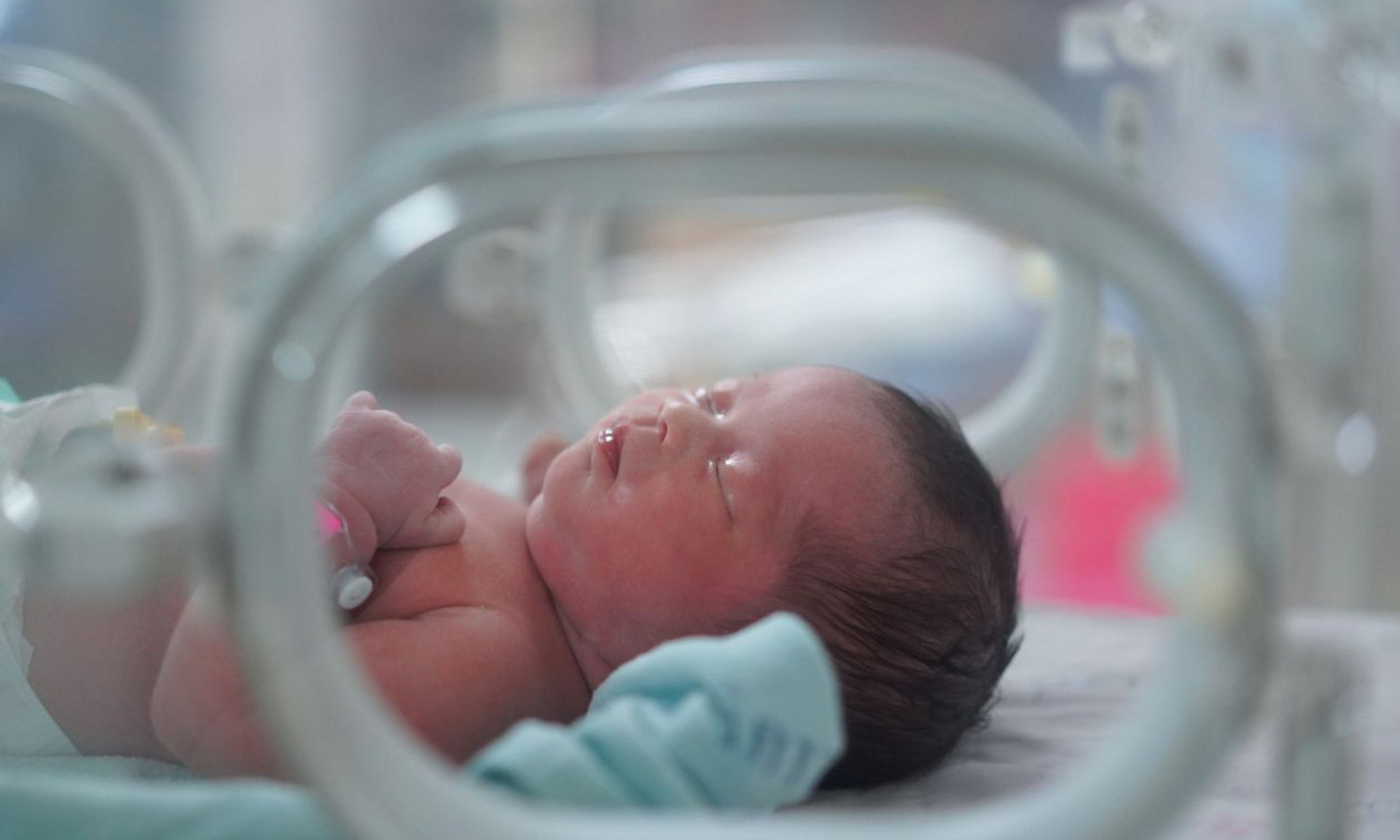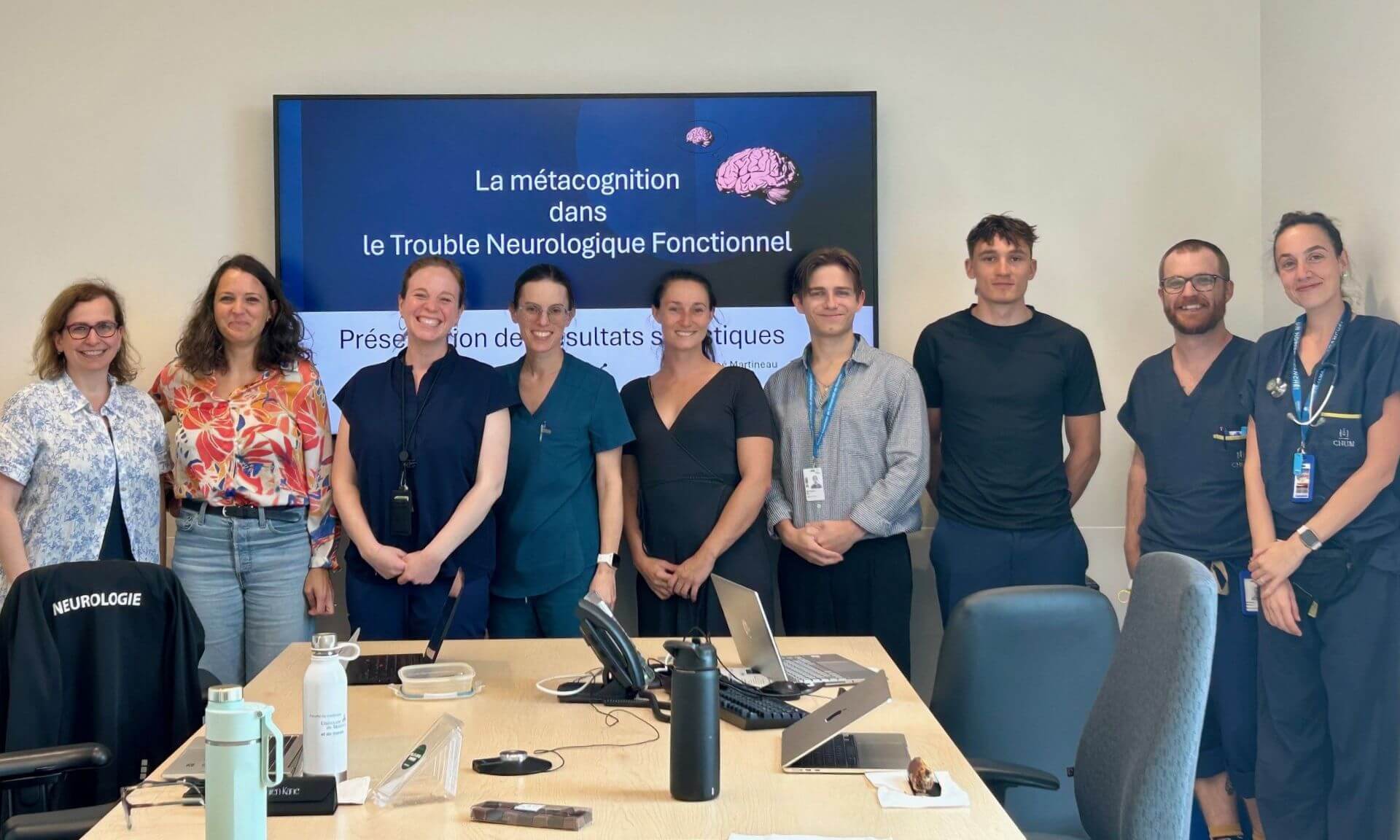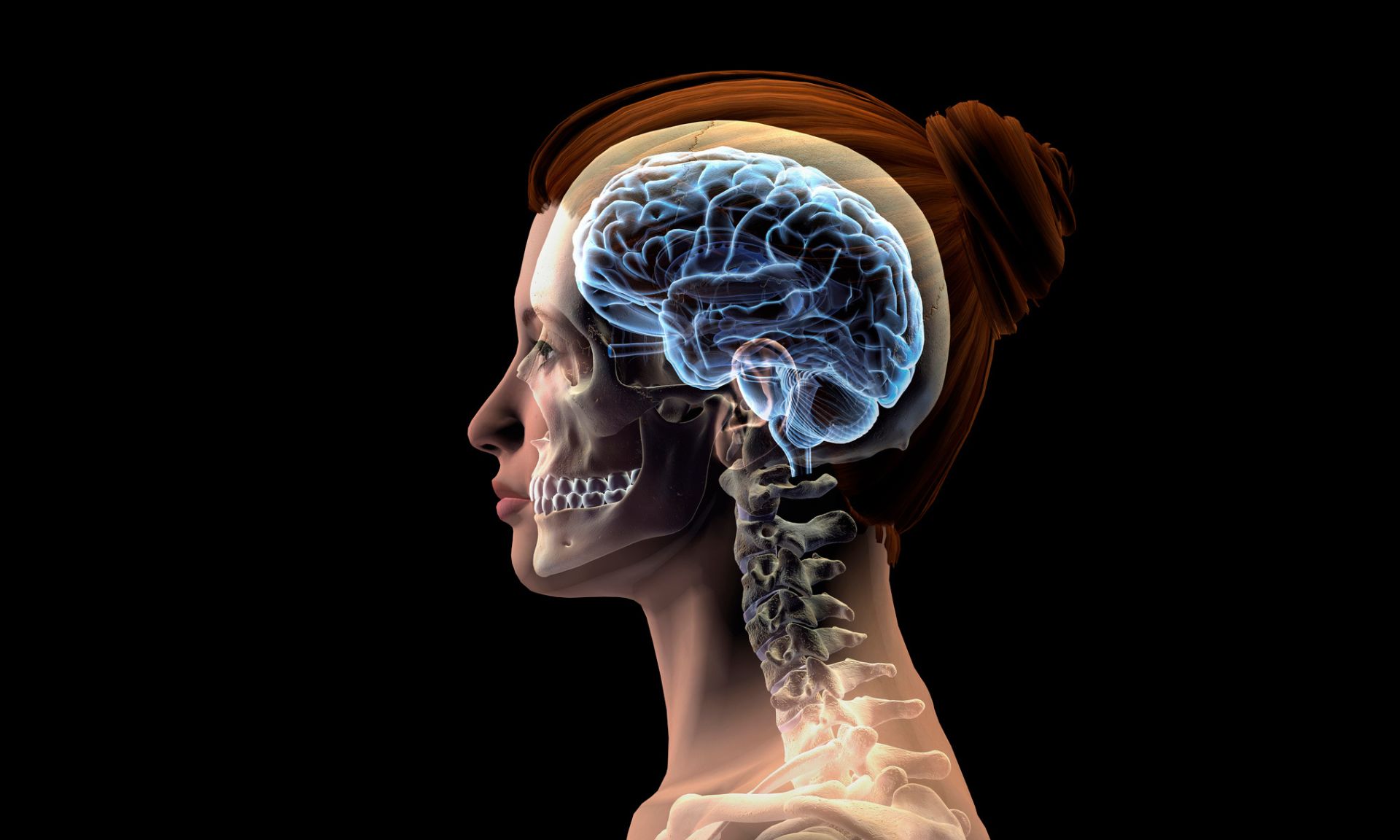How the brain develops in unborn babies


A new population-based study led by CHU Sainte-Justine researcher and Université de Montréal medical professor Tomas Paus reveals the roles of maternal and fetal genes in the growth of a baby’s cerebral cortex.
Published last week in Nature Communication, the study shows that genetic variants associated with higher birth weight are also associated with greater growth of the cerebral cortex.
However, food abundance or scarcity seems to influence the extent of the role played by the genes of the mother and the unborn baby.
With postdoctoral fellow Daniel Vosberg, Paus analyzed birth weight, birthweight genes and brain magnetic resonance imaging (MRI) data from several thousand adults in the UK Biobank, a biomedical database in the United Kingdom.
These analyses confirmed that higher birth weight is associated with larger cortex size (measured by surface area). In addition, the genetic variants present in the mother and baby that are associated with birthweight are also associated with cortical surface. In the baby, genes associated with insulin action are decisive, while in the mother, genetic variants favouring toxin elimination at the cellular level play a major role.
The two groups of genetic variants are not always equally important in determining cortex size.
“By comparing data by birth year and using statistical modelling and cellular interaction analysis, we’ve demonstrated the role of exposure to food restriction during gestation or infancy,” said Paus.
Exposed to wartime famine
In those who were exposed to wartime famine during the "Dutch winter" of 1944-45, maternal detoxification genes had the greatest impact on cortical growth.
This trait seems to be transmitted from one generation to the next, since the association is also found in the children of people who were thus exposed. In others, cortical growth is mainly associated with genes associated with fetal insulin action.
The analyses suggest that the genes that counteract the negative effects of food restriction, particularly in terms of cellular stress and immune activation, are critical.
“In times of famine, when cells are multiplying, the risk of errors is much greater,” said Paus. “That could explain why, in this context, the genes responsible for DNA repair are decisive for the baby’s brain growth.”
With a better understanding of the relationship between low birth weight and brain growth, and the importance of malnourishment as a mediating factor, the researchers' next will evaluate the best way to promote cortical growth after birth in small babies.
In collaboration with CHU Sainte-Justine pediatrician and UdeM clinical associate professor Thuy Mai Luu, "we’ll soon be launching a pilot project to determine the best way to support optimal brain development in low-birth-weight babies,” said Paus.



